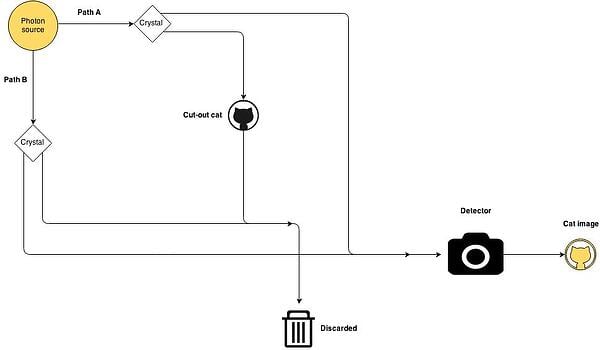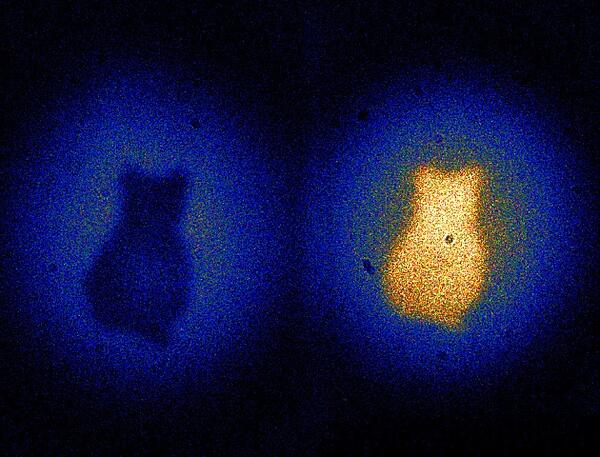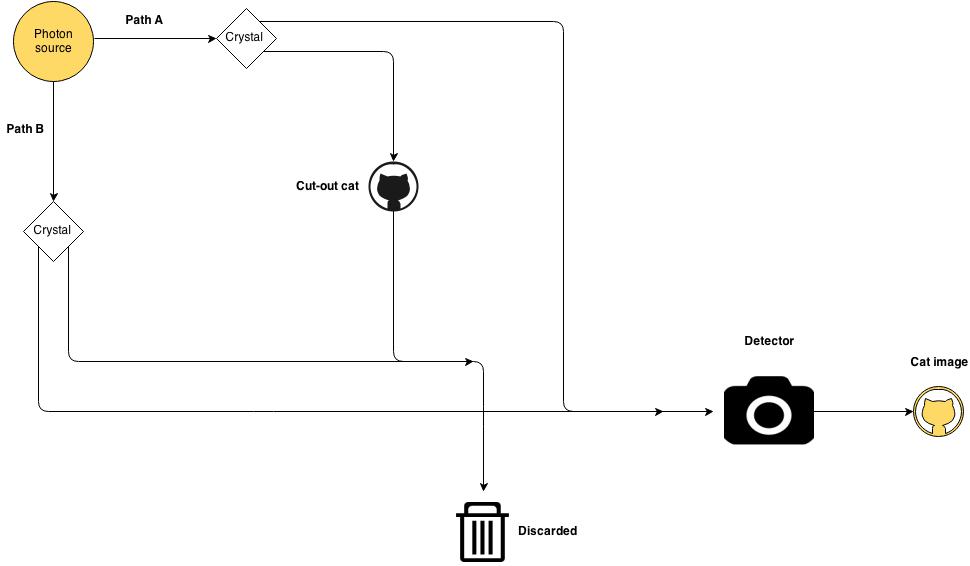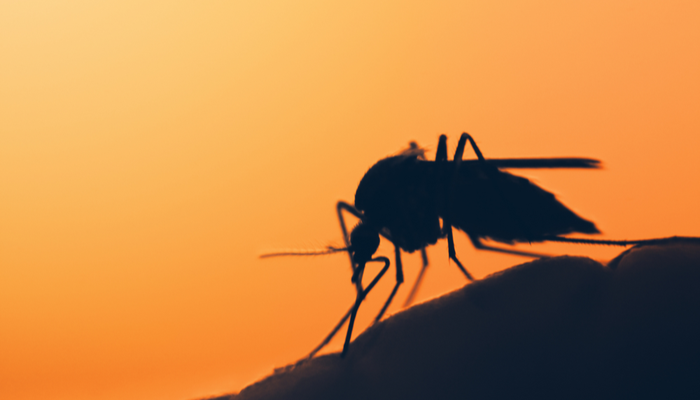There is little in the scientific world that is simultaneously more baffling and awe-inspiring than the mysterious wonders of quantum mechanics. Richard Feynman is widely attributed with saying, ‘If you think you understand quantum mechanics, you don't understand quantum mechanics’. Suitably enigmatic!
An incredible story in Nature looks at ‘Quantum imaging with undetected photons’, highlighting how our conceptions around how reality operates may not be entirely accurate. The physicists on the paper have made use of entangled particles to take pictures of an object using light that never even interacted with it.
Quantum fundamentals
I realise that may seem a strange introduction, so let me back up a little bit while I try and explain some of the fundamentals, as there are a few principles from quantum mechanics I should probably highlight before I go on. Firstly, particles in the quantum world could be described as being somewhat bashful: if you look at them (i.e. you observe them in order to measure a property) you alter the end state of the system – you affect their behaviour just by conducting a measurement.
At the heart of this is the concept of superposition, whereby a particle exists in all possible states simultaneously – until you measure it that is, at which point you ‘give’ a particle its state. If you think about a particle, let’s say a photon, with two possible paths to go down, quantum mechanics says that if no one looks at which path it went down, then it went down both paths simultaneously.
If we add to this the idea of quantum entanglement we have the fundamentals covered! Entangled particles are inextricably linked to each other, with each particle ‘knowing’ what happens to the other. There’s no signalling between them, but nevertheless, they behave as one. This means you cannot describe each entangled particle’s quantum state separately, you have to describe them as a whole.
So, in short, observe the behaviour of the particles and the end state is affected (see the world’s most famous feline: Schrödinger's cat), and entangled particles behave as one, regardless of the distance between them (in theory, they can even be light years away).
More than a cat meme
Now we’ve covered those necessary complexities (and assuming you're still with me), let’s get back to the study. The team of physicists built an experiment based on a previous study carried out in 1991, in which a photon is sent down two paths (A and B) simultaneously (without observing it!). Each path contains a crystal that splits the photon into entangled twins. However, only one path contains the object that we want to image. Heading down path A, the photon splits into an entangled pair: one interacts with the object and is then recombined with one-half of its other possible self that went down path B, and both are discarded. The remaining entangled photon from path A re-joins its other possible self from path B – neither of which interacted with the object – and is collected at the detector (a camera) to build an image of an object it never encountered!
 A diagrammatic representation of how the quantum entanglement and imaging experiment would work. The experimental set up used in the paper was a little different, but this should help to visualise the concept.
A diagrammatic representation of how the quantum entanglement and imaging experiment would work. The experimental set up used in the paper was a little different, but this should help to visualise the concept.The researchers used these pairs of entangled photons to image a cardboard cut-out of a cat, 3 mm tall; but only one half of the entangled pair of photons actually interacted with the cat. In fact, to ensure the experiment was working, the cat was probed with a wavelength that the camera was unable to detect, yet, at the end, the image of the cut-out cat was very clearly constructed! This was a result of collecting the estranged twins of entangled photons, without any of them ever actually encountering the object.
While these are early stages of harnessing the real power of quantum mechanics, the more we understand, the stranger and more fascinating it becomes. I for one cannot wait to see what comes next!
 The cut-out cat that was imaged using light that never actually passed through the cut-out. (Image Gabriela Barreto Lemos, as published in the Nature article)
The cut-out cat that was imaged using light that never actually passed through the cut-out. (Image Gabriela Barreto Lemos, as published in the Nature article)
Share your science stories
If you’ve recently read about an interesting study, we’d really appreciate it if you could share it with us using the comments section below.




